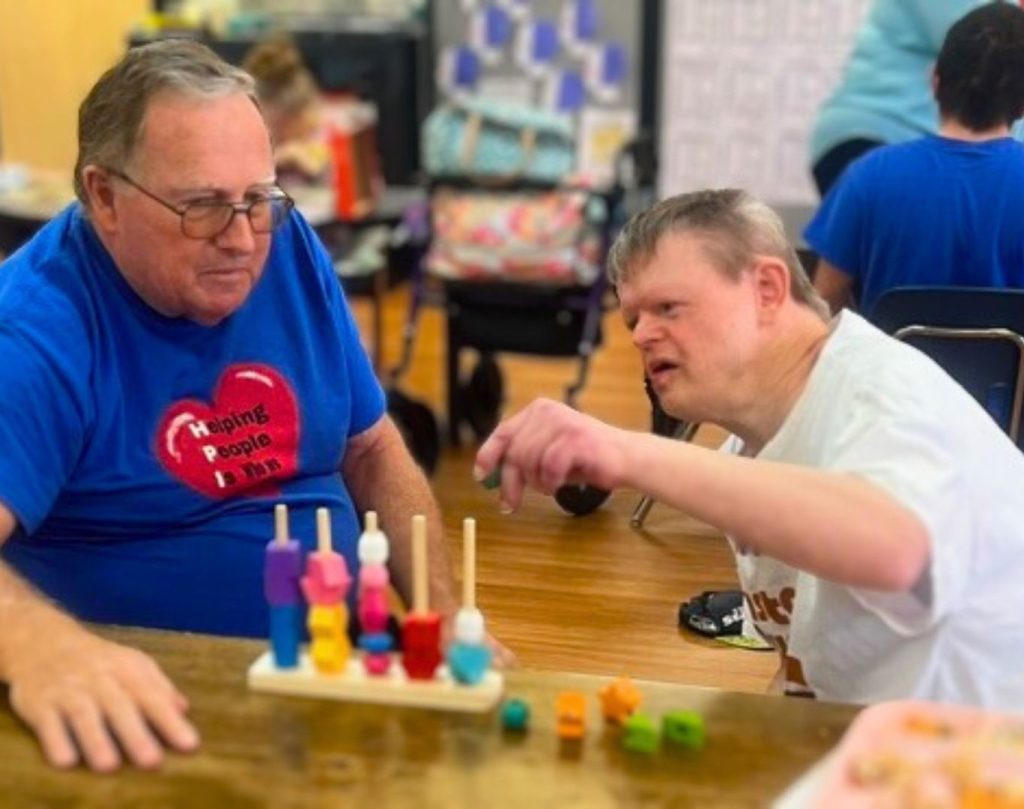
“The field of adult education is rooted in social justice, equity, and inclusion. Adult learners with disabilities face significant challenges to inclusion in educational environments. To promote teaching practice that is inclusive for all learners, adult educators should be knowledgeable of teaching practices that reduce barriers for learners with disabilities.” [1]
“Inclusivity is about more than just meeting educational benchmarks or following procedures. It’s an important part of ensuring that all of your employees can learn effectively.” [2]
“Each learner has different learning abilities, comfort levels, and difficulties. This is true no matter whether you teach in person, online, or in a hybrid environment. The more inclusive you make your learning environment, the more easily learners will absorb the materials received, and the less bias will affect the classes.” [2]
“There is no one size fits all approach to determining the most effective accommodations for adult learners. To be most effective, adult educators should have some foundational information that describes different types of disabilities and understand that there are accommodations that they can provide for their learners (Grasgreen, 2013; Ingeno,2013). Numerous different approaches exist for providing inclusive and accessible learning environments for adult learners. Instructor facilitated academic accommodations are often suggested based on the individual disability and possible instructional aids.” [1]

How can you create an inclusive environment for individuals with disabilities?
1) Understand the barriers
“The first step to creating an inclusive environment is to identify and remove the barriers that may prevent individuals with disabilities from participating fully and effectively in the environment. Barriers can be physical, such as inaccessible buildings, equipment, or transportation; communication, such as unclear instructions, jargon, or lack of alternative formats; attitudinal, such as stereotypes, stigma, or low expectations; or systemic, such as policies, procedures, or practices that exclude or disadvantage certain groups. You can use various tools and methods, such as surveys, audits, feedback, or consultations, to assess the accessibility and inclusiveness of the environment and identify the areas that need improvement.” [3]
2) Don’t Assume What Is or Isn’t Possible
“People with disabilities are not a monolith. Even though individuals may share some similar experiences, needs, or challenges, they are highly diverse and represent a variety of cultures, skillsets, backgrounds, and may live with a physical, cognitive, or other type of disability that has varying effects on their daily life. And, of course, a person’s disability can affect them in a variety of ways that may not necessarily be obvious to the outside observer.” [4]

3) Ensuring physical access, usability, and safety
“Assure that activities, materials, and equipment are physically accessible to and usable by all students and that all potential student characteristics are addressed in safety considerations. Instructors should consider arranging instructional spaces to maximize inclusion and comfort, while also remaining mindful of student safety.” [5]
4) Fostering a Supportive Classroom Community
“Creating a supportive classroom community is at the heart of inclusive education. This involves nurturing an environment where students feel safe to express themselves and are encouraged to support their peers. Educators can facilitate this by establishing clear guidelines for respectful communication and behavior. Activities that promote team-building and empathy, such as group projects and peer mentoring, can be particularly effective. It’s also important to address any instances of bullying or exclusion promptly and effectively. Celebrating diverse cultures, abilities, and achievements helps in building a positive and inclusive classroom culture. Encouraging students to share their experiences and perspectives enriches the learning experience for the entire class.” [6]
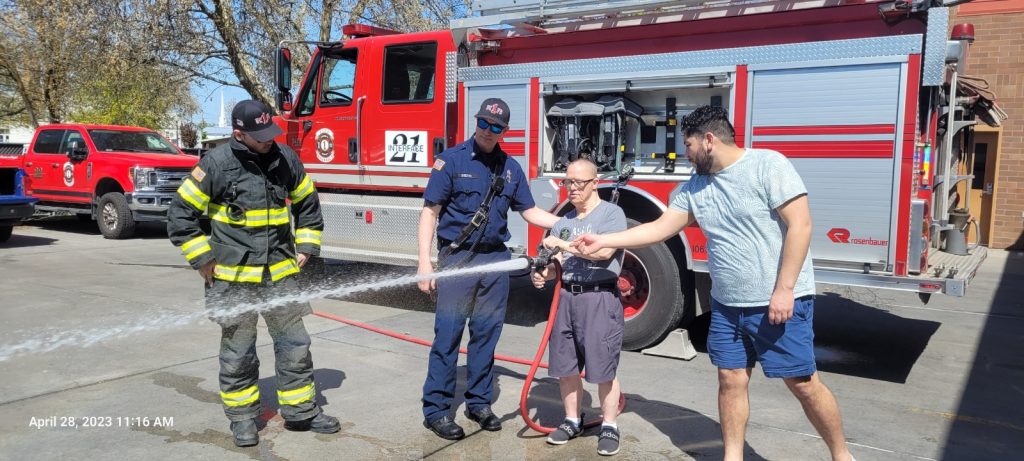
5) Incorporating accessible information resources and instructional materials
“Assure that course materials, notes, and other information resources are flexible and accessible to all students. By preparing a syllabus and selecting texts early, students have the option to begin reading materials early or coordinate their conversion into an alternative format.” [5]
6) Promote mutual respect
“Demonstrate mutual respect and encourage sharing of multiple perspectives.” [5]
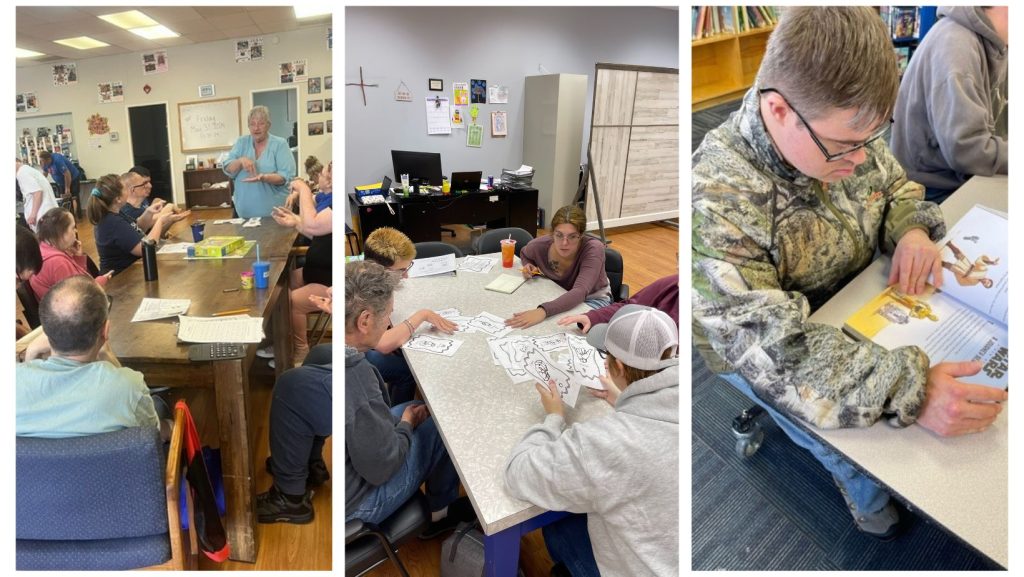
Inclusive teaching strategies
1) “Create a consistent routine
Make the structure of each day similar but change tasks within the structure to keep the day interesting. Prepare students for changes in routine by letting them know when a change is coming up, and including visual supports (such as social stories) or other individually determined supports (such as pairing with a friend) where relevant.” [8]
2) “Provide encouragement and guide learning
Consider providing effective, actionable feedback immediately when students are learning a task or behavior. This can be gradually reduced as they become more independent.” [8]
3) “Keep activities and instructions short, clear and engaging. This can help students focus and learn. Frequent breaks may also help.” [8]
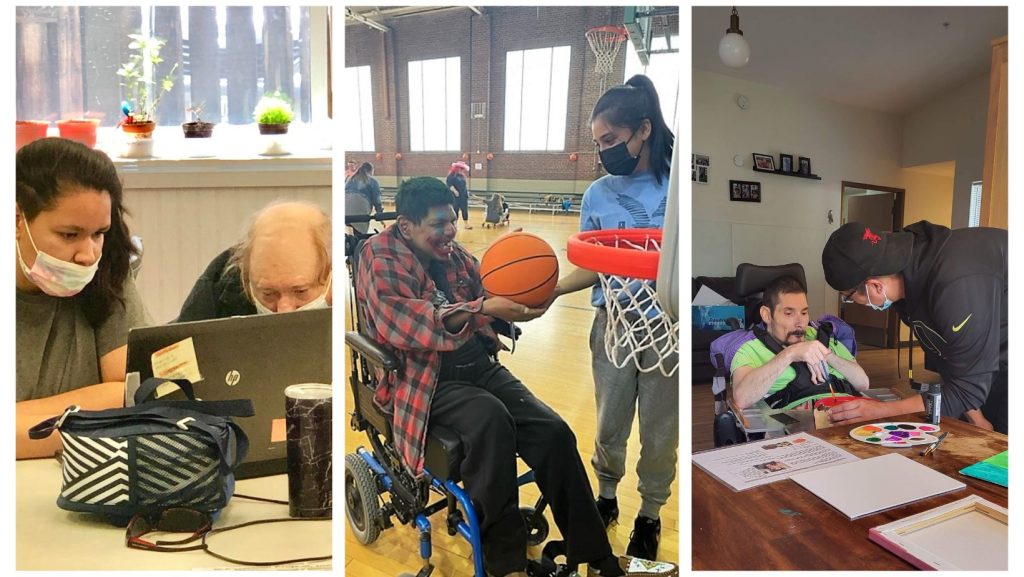
4) “Teach problem solving skills
Teach students how to find solutions to challenges they face, including when and how to seek help. Encourage students to view mistakes, problems, or challenges as an opportunity to learn.” [8]
5) Set joint learning outcomes and goals
“Work collaboratively with the student’s parents as well as any key stakeholders to set some growth goals. Aim to set outcomes that focus on the student’s strengths and are challenging enough to support learning and social development.” [8]
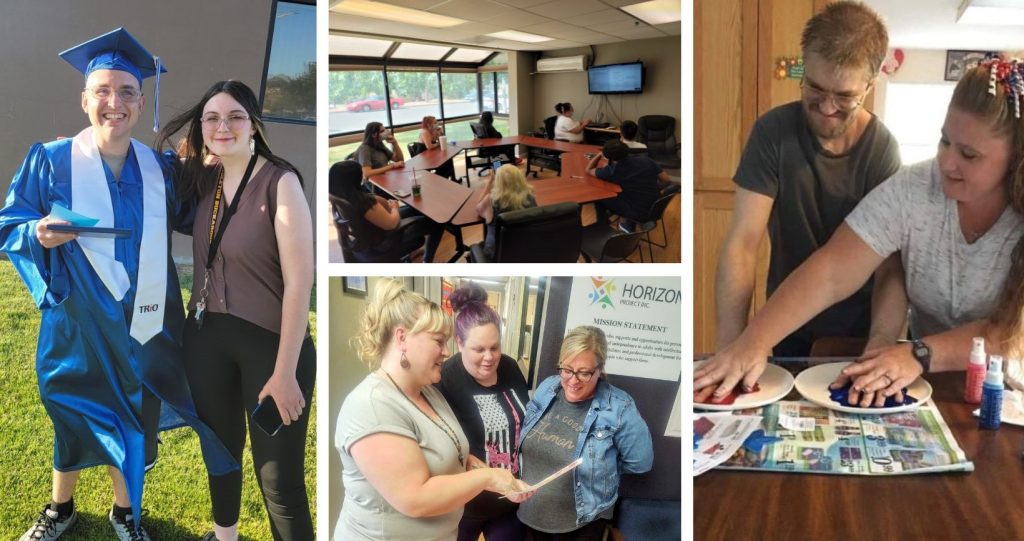
“Looking ahead, the future of inclusive education is bright, with continuous advancements in teaching methodologies, technologies, and societal attitudes. The increasing global emphasis on human rights and equality is also driving changes in educational policies and practices. Future trends may include more personalized learning experiences, greater use of technology, and deeper collaboration between educational institutions and communities. Creating an inclusive environment in education is not just a noble goal but a necessary one for building a more equitable and empathetic society.” [6]
Resources
[2] https://360learning.com/blog/inclusive-learning-environment/
[3] https://www.linkedin.com/advice/1/how-can-you-create-inclusive-environment-individuals
[4] https://opendoorcolumbus.org/8-ways-to-be-more-inclusive-for-people-with-disabilities/
[5] https://www.shu.edu/disability-support-services/creating-an-inclusive-learning-environment.htm
[6] https://blog.disabilitycanhappen.org/creating-an-inclusive-environment-in-education/
[7] Generative AI is experimental.
